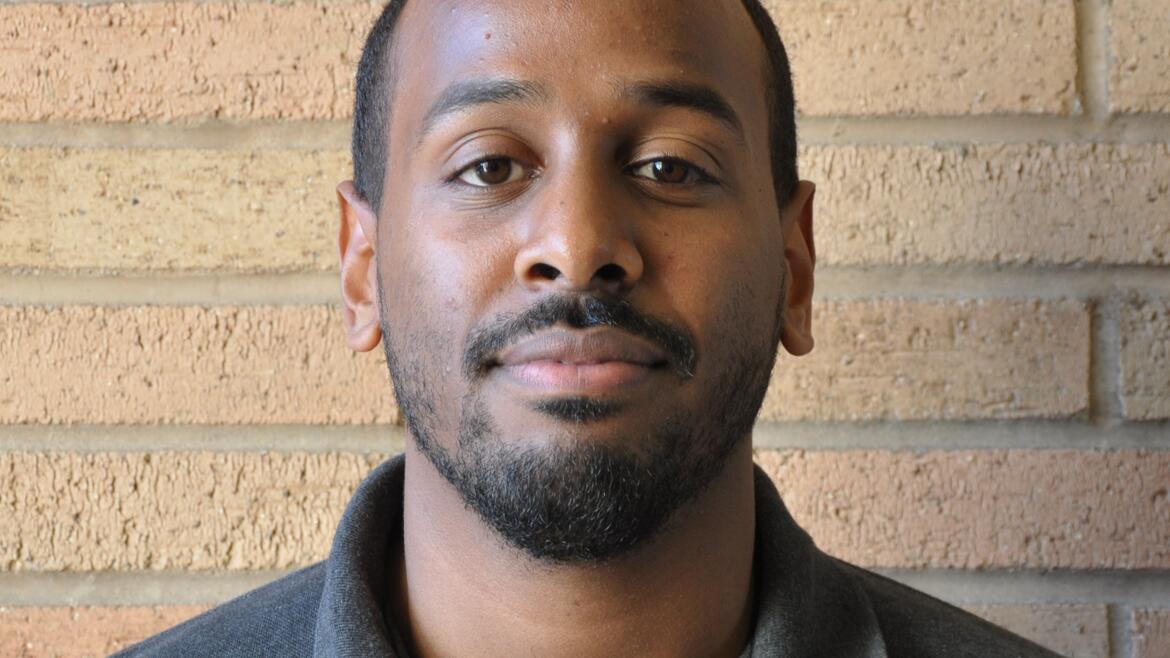Colloquium Speaker: Nehemiah Zewde; Department of Bioengineering, University of California, Riverside, CA

Computational Modeling of the Complement System under Homeostasis, Disease, and Therapeutic Interventions
Abstract: The complement system is a major part of the innate immune system that targets invading pathogens and assists in maintaining host homeostasis. Complement is composed of three pathways known as alternative (AP), classical (CP), and lectin (LP) that work in concert to mediate an immune response. Although activation of the complement system is tightly controlled by endogenous regulators, dysregulation leads to a cascade of events that brings about misdirected attacks on host cells. Here, to gain a systems-level understanding of the complement system, we developed comprehensive quantitative models to describe the biochemical reactions of the alternative, classical, and lectin pathways. We also present the first factor H (FH) mediated disease model (mimicking dysfunction of the alternative pathway) and complement intervention model by using known inhibitors, a compstatin variant (C3 inhibitor) and eculizumab (C5 inhibitor). Furthermore, our complement system model is coupled with other segments of humoral immunity that contains immunoglobulins G and M (IgG and IgM), complement factor H-related proteins (CFHRs) 1-5, and pentraxins (C-reactive protein, CRP; serum-amyloid P component, SAP; long pentraxin 3, PTX3). Our model also contains three pathogen types: (type 1) cannot evade complement system, (type 2) evades immune system by recruiting complement regulators, and (type 3) pathogen specific model of Neisseria meningitidis (N. meningitidis) located in either nasopharynx or bloodstream. In addition to mathematical models, we also utilize molecular dynamics simulations and electrostatics calculations to elucidate the molecular mechanisms of C5b and C6 interactions that lead to the complement terminal product, membrane attack complex. Altogether, our final mathematical model contains 690 ordinary differential equations (ODEs) with 328 kinetic parameters to describe complex interplay of the immune system. Our comprehensive models can also serve as a framework to simulate disease-specific scenarios which can be used in diagnosis and patient-specific treatments. Insights obtained from our models may also serve as a foundation for developing diagnostic tools for pathological situations that involve complement deficiencies or mutations. Furthermore, our model can aid in drug discovery by incorporating points of intervention to identify novel inhibitory sites.
Biography: Dr. Nehemiah Tefera Zewde received his B.S. in bioengineering form the University of California, Riverside (UCR). Additionally, he continued his higher education in UCR by earning his Ph.D. in bioengineering under the stewardship of professor Dimitrios Morikis. Here, Dr. Zewde focused on systems immunology modeling where he constructed comprehensive diagrams of protein-protein interactions of the complement system activation pathways and used experimental knowledge on protein concentrations and kinetic parameters to develop mathematical models for quantitative analysis of protein dynamics. To this end, Dr. Zewde has developed a quantitative stand-alone model of the alternative pathway and a unified model of the alternative, classical, and lectin pathways of complement system activation. The driving interest of Dr. Zewde’s research is to mechanistically understand the physical basis of immune system function and to explore the interplay of immune system regulation and discrimination between self and nonself.